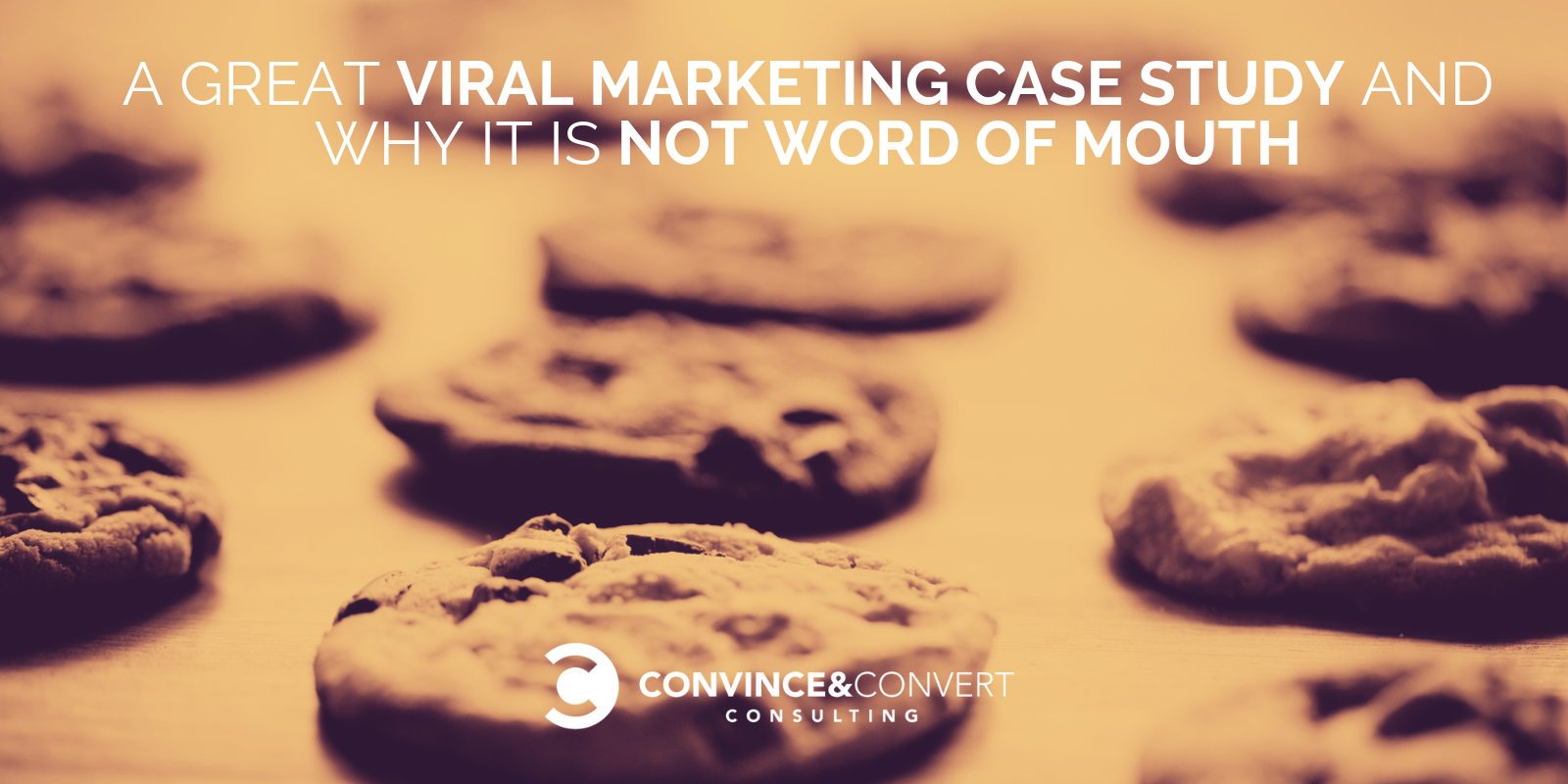
Attention must be earned, and doing so is harder than ever, when every business is competing for eyes and ears against Princes and Duchesses, Kardashians and Trumps. Not to mention your actual competitors.
In our yearning for attention, we often decide that the best approach will be to “go viral” and doing something so uncharacteristic that it shocks the populace into diverting their gaze to us. Celebrities and their publicists are great at this gambit — Madonna perhaps best of all.
But companies can and do gain attention via virality. Tesla is adept at this approach. As is Red Bull. And our client, Chiquita, who claimed the 2017 eclipse was actually a “banana sun.”
The idea of these viral stunts — sometimes called “newsjacking” when they tie into a current event — is that they will be noticed by consumers, shared in social media, and then will rapidly leap into broader consciousness via amplification by trade/traditional press.
The Reese’s Candy Converter Machine
A terrific, new example popped up recently when Hershey launched a Reese’s Candy Converter Machine during Halloween week, setting up shop at Union Square in New York City and allowing trick or treaters to swap gobs of less interesting candy for peanut butter cups!
No tricks here. Trade in your Halloween candy for Reese’s candy. What’d you expect from the GOAT of Halloween?! #ReesesCandyConverter #NotSorry pic.twitter.com/bTrjF2IFay
— REESE’S (@reeses) October 30, 2018
This stunt was exceptionally well timed and created significant consumer and media attention. In the short term, it’s a win. But long term, the impact is TBD.
What’s the Shelf Life of a Stunt?
Certainly, the Halloween candy season is a key opportunity window for Reese’s, and creating significant attention at that time is a very smart play.
However, considering this converter machine was in one location for two days, it had essentially zero measurable customer experience impact. Further, what is the memorability duration of this stunt? Will we remember it next month? At Christmas? Next year?
It is true that there are examples of viral marketing that deliver benefits over the long haul, but I’d argue they are very much the exception that proves the rule. The vast majority of viral stunts — even those that are successful in garnering media attention — have a short shelf life. That doesn’t make them a bad idea, but it also doesn’t make them a word of mouth strategy.
A Stunt Isn’t a Strategy
Newsjacking. Viral marketing. PR stunts. The objective of these is:
To create disproportionate media attention by circumstantially varying your behavior and/or your offerings.
Here at Convince & Convert, when we think about word of mouth strategy, we aren’t imagining a “big bang” stunt. We’re not in the elephant rental business.
Instead, as a strategy firm, we’re always focused on repeatable strategies that can reliably create conversations over an extended time horizon, long after the shock and awe of the PR stunt have faded away.
To us, the objective of a word of mouth strategy is:
To turn customers into volunteer marketers every day by permanently varying your operations in such a way that customers notice and discuss the difference.
The objective of word of mouth is to turn customers into volunteer marketers every day by permanently varying your operations in such a way that customers notice and discuss the difference.
Click To Tweet
The 3 Differences Between Viral Marketing and Word of Mouth Strategy
1. The Mouthpiece
Viral is about creating media chatter.
Word of mouth strategy is about creating customer chatter.
2. The Impact Duration
Viral is about hitting a home run in a designated week.
Word of mouth strategy is about hitting a single, every day, forever.
3. The Operations
Viral is about doing something different one time that you’ll probably never do again.
Word of mouth strategy is about doing something different every time that you’ll do each day.
Related post: Why Surprise and Delight Is an Ineffective Word of Mouth Strategy
Two Days vs. Thirty Years: Imagine the Difference in Impact
The Reese’s candy converter is an amazing idea that was executed well and had the desired effect in terms of creating media coverage.
Conversely, from the word of mouth strategy side, we’d look at a brand like DoubleTree by Hilton, which has given away a warm chocolate chip cookie to each hotel guest at check-in for 30 years.
We studied this strategy and found that 34% of DoubleTree guests have mentioned the cookie to someone else in the past 30 days. On a related note, when is the last time you saw an ad for DoubleTree? They don’t advertise much. The cookie — their word of mouth strategy — IS the ad, and their guests are the marketing department.
Certainly, viral stunts can co-exist with long-term word of mouth strategy, but too often companies want the excitement of the former and don’t have the patience for the latter.
If we can help you with your word of mouth strategy, let us know. And for more on this topic, see my best-selling new book, written with Daniel Lemin. It’s called Talk Triggers: The Complete Guide to Creating Customers with Word of Mouth.
The post A Great Viral Marketing Case Study and Why it is not a Word of Mouth Strategy appeared first on Convince and Convert: Social Media Consulting and Content Marketing Consulting.
source https://derekpackard.com/a-great-viral-marketing-case-study-and-why-it-is-not-a-word-of-mouth-strategy/

No comments:
Post a Comment